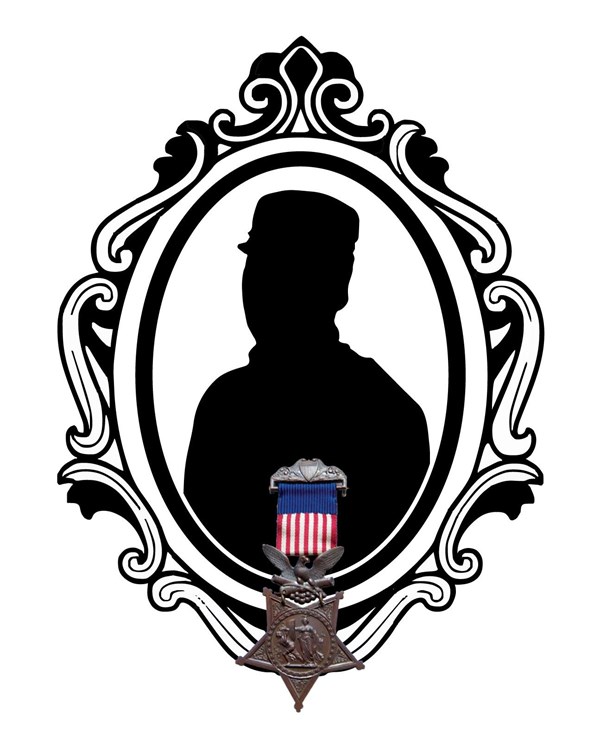Last updated: March 29, 2024
Person
Adam Paine

NPS Image / T. Engberg
Adam Paine was born to Black Seminole parents near Alachua, Florida in 1843. He sometimes spelled his first name as Adan.
During the U.S. government’s Indian removal efforts, from 1830 to 1850, many tribes including Seminole people, were forcibly moved West to Indian Territory, modern-day Oklahoma. The Black Seminoles endured starvation and disenfranchisement as did other native peoples during that time. Upon arrival in Indian Territory, they remained vulnerable to kidnapping and re-enslavement.
In 1850, this threat became too much for the Black Seminole Indians, including the Paine family. A group led by John Horse and Coacoochee, known as Wild Cat, left Indian Territory and traveled to Mexico, where they could live without fear of re-enslavement. The Mexican government received them warmly and welcomed their help in fighting against Apache and Comanche raiding parties that crossed into Mexico. They also helped fend off bandits and slave raiders attempting to annex parts of Mexico to create a pro-slavery state.
After 20 years in Mexico, the Black Seminoles were interested in returning to the United States. They hoped to reclaim their land rights set out in original treaties at the time of Indian Removal. Major Zenas R. Bliss of the Twenty-Fifth Infantry encouraged the Black Seminoles to emigrate back to the United States and offered them positions as scouts.
The first group of Black Seminoles enlisted at Fort Duncan on August 16, 1870. They were led by John Kibbetts. He was appointed sergeant upon enlistment. He gave his name as Sittee Tustenuggee (pronounced as “Sit-tee-tas-to-nachy”), or Snake Warrior when he enlisted. Paine enlisted on November 12, 1873. He was known as be rebellious as he was known to wear a leather headpiece with buffalo horns. The other Black Seminole Indian Scouts called him ‘Bad Man’ as a nickname.
The scouts quickly adapted to their new environment. Major Bliss said they were “excellent hunters, and trailers, and brave scouts…splendid fighters.” Bliss and other officers were more than happy to give the scouts and their families a place to live in exchange for their skills on the frontier.
On September 26, 1874, Paine and other Black Seminole Indian Scouts were attached to Colonel R.S. Mackenzie and the Fourth Cavalry. Paine and the scouts tracked a group of Comanches to the Comanche camp in Palo Duro Canyon on the Red River in the panhandle of Texas. They were tracking the Comanches due to being attacked by them the day before. Paine helped the cavalry immobilize the camp. The soldiers and scouts took and destroyed 1,400 horses and well as massive amounts of camp equipment and supplies. After the battle Colonel Mackenzie recommended eight of his white soldiers for the Medal of Honor along with Adam Paine.
Paine was discharged from the Army on February 19, 1875 at Fort Clark, Texas. He was awarded the Medal of Honor eight months later on October 13. Paine worked as a teamster for the U.S. Quartermaster Department at Fort Brown, Texas in retirement.
Paine was killed on January 1, 1877 by Sherriff Clarion Windus. Windus was looking for Paine regarding a murder two years earlier. Witness stated Windus “blasted him [Paine] from behind” without asking any questions. Adam Paine was later buried at the Seminole Indian Scout Cemetery in Brackettville, Texas.
